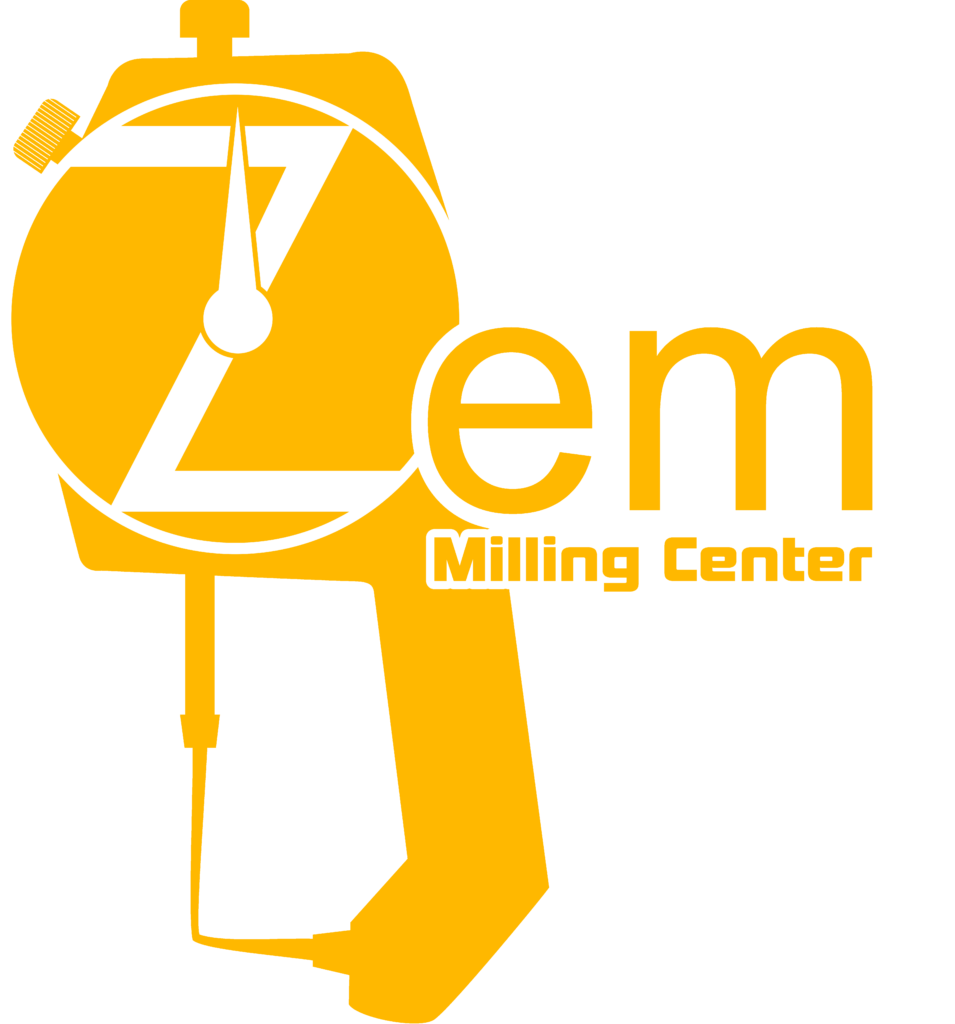The blood circulation system is just one of the essential systems in our bodies that assists transport blood, oxygen, and nutrients to various components of the body. It contains a complicated network of blood vessels, consisting of veins and arteries, which play distinct duties in the flow process. While they both offer to transfer blood, there are numerous crucial distinctions in between capillaries and arteries that distinguish their features and qualities.
Veins: Returning Blood to the Heart
Veins are capillary that lug deoxygenated blood back to the heart from different body parts. They have thinner and less flexible wall surfaces contrasted to arteries. Unlike arteries, which have thick and muscular walls to manage high pressure, capillaries do not experience significant stress as blood flows back to the heart in a low-pressure system.
Veins are outfitted with one-way valves that aid stop the backflow of blood. These shutoffs make certain that blood does not pool or build up in various components of the body, especially in the legs. When muscles agreement throughout exercise, such as strolling, they squeeze the capillaries and aid push the blood towards the heart.
Capillaries are usually situated more detailed to the surface of the skin, making them extra visible. They appear blue or purple in shade due to the method light reflects off the skin and the blood within the blood vessels.
- Qualities of Capillaries:
- Carries deoxygenated blood
- Slim and less flexible walls
- Low-pressure system
- Outfitted with one-way shutoffs
- Show up blue or purple precio del incasol in color
Arteries: Providing Oxygenated Blood
Arteries are capillary responsible for lugging oxygenated blood away from the heart to numerous body organs and tissues in the body. They have thick, muscular wall surfaces that permit them to manage the high stress generated by the heart’s contractions. Unlike capillaries, arteries experience significant stress as they carry blood away from the heart.
Arteries do not have shutoffs like blood vessels. Rather, they rely upon the pumping activity of the heart to preserve the forward circulation of blood. The wall surfaces of arteries consist of smooth muscle fibers that agreement and relax to manage high blood pressure and circulation. These muscular walls also help maintain the architectural integrity of the arteries.
Arteries are typically much deeper within the body and are not as noticeable as capillaries. They show up reddish in shade due to the oxygen-rich blood they bring. The largest artery in the body is the aorta, which stems from the left ventricle of the heart and branches out to supply blood to the remainder of the body.
- Features of Arteries:
- Carries oxygenated blood
- Thick and muscular walls
- High-pressure system
- No shutoffs
- Appear reddish in color
Differences Between Veins and Arteries
There are several vital distinctions in between veins and arteries:
- Blood Flow: Veins carry deoxygenated blood back to the heart, while arteries lug oxygenated blood away from the heart.
- Wall surface Density: Blood vessels have thinner and less muscle wall surfaces contrasted to the thick and muscular wall surfaces of arteries.
- Pressure: Blood vessels run in a low-pressure system, while arteries experience considerable stress because of the pumping action of the heart.
- Valves: Blood vessels have one-way shutoffs to avoid backflow, whereas arteries do not have shutoffs and count on the heart’s pumping action.
- Presence: Veins are usually more detailed to the surface and even more visible, appearing blue or purple, while arteries are deeper within the body and not as noticeable, showing up reddish.
Verdict
Recognizing the distinctions between veins and arteries is essential for understanding the functioning of the circulatory system. While veins return deoxygenated blood to the heart in a low-pressure system, arteries carry oxygenated blood away from the heart under high pressure. These differences in their characteristics and functions allow the circulation of blood throughout the body, supplying oxygen and nutrients to various body organs and cells. Keeping a healthy and balanced blood circulation system is critical for total health and long life.
